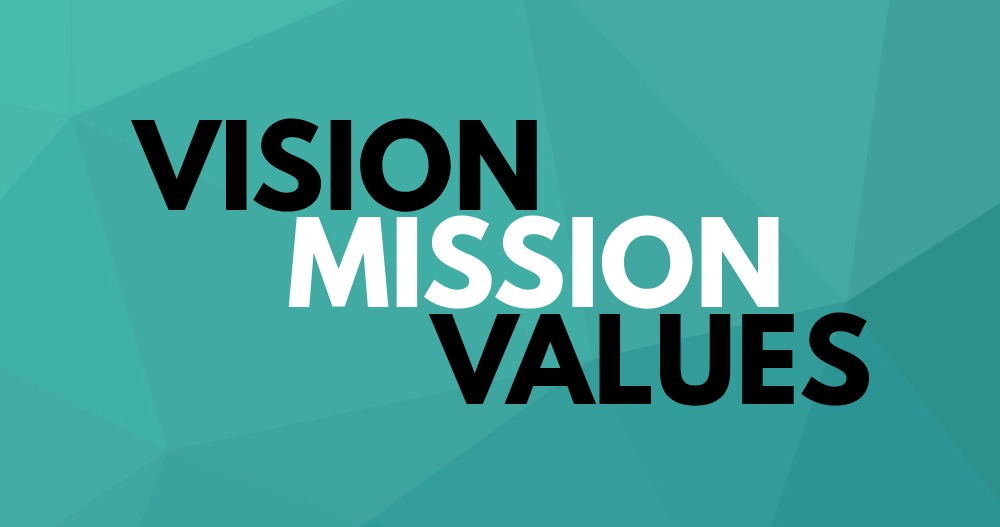
To support the dissemination of platforms like to minority groups, to improve diversity and inclusion in our field.Financing tools to do so should be made available to the community.

The ability to read and digest a scientific article should be integrated into educational programmes at the university level. To generalise the integration of tools such as in the classroom.Thus, our recommendations for the next decade include: We firmly believe in the use of online platforms such as Astrobites as an educational, inclusion and diversity tool and in their generalisation to other fields.
#ASTRO VISION AND MISSION PROFESSIONAL#
Our network of astrobites alumni provides them with professional opportunities and support in many aspects. Our writers are developing new skills through their work in astrobites and connecting better with the scientific and educational community. Today, there exist 17 sister sites in different fields, languages and with their own content. Many of our articles there now focus on issues of relevance to the Spanish-speaking public specifically.

As our group of writers grew, we went beyond translations to incorporate our own material.
#ASTRO VISION AND MISSION FULL#
The manuscripts that we find every day in the arXiv are full of jargon, technical descriptions of new methods and ways of presenting the results that feel unrelated to our first year lab reports. As undergraduate students, facing the ever growing scientific literature is a monumental challenge. Since 2010, Astrobites has sought to bring current research topics to readers in university. You can also find out what the priorities were in previous reports, such as the “ New Worlds, New Horizons” that resulted from the Astro2010 ten years ago. The process is described in detail on this site, where you can also subscribe to the e-mail list. The committees then produce a final report that suggests priorities for developing our profession.

This process is carried out is through the establishment of panels that evaluate community proposals, submitted as “white manuscripts.” It is for the astrophysical community to propose priority themes or activities, justify them, and send them to the academies so that they can be analysed by the various committees. It is coordinated by the national academies of the United States, NASA, the National Scientific Foundation and the Department of Energy to establish priorities in research and in the state of the profession (education, inclusion, diversity, etc.) for the next decade (2022 -2032). The Astro2020 is a process of self-assessment of the international astrophysical community.


 0 kommentar(er)
0 kommentar(er)
